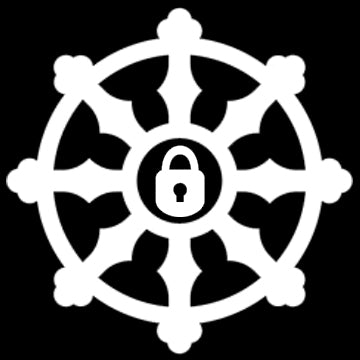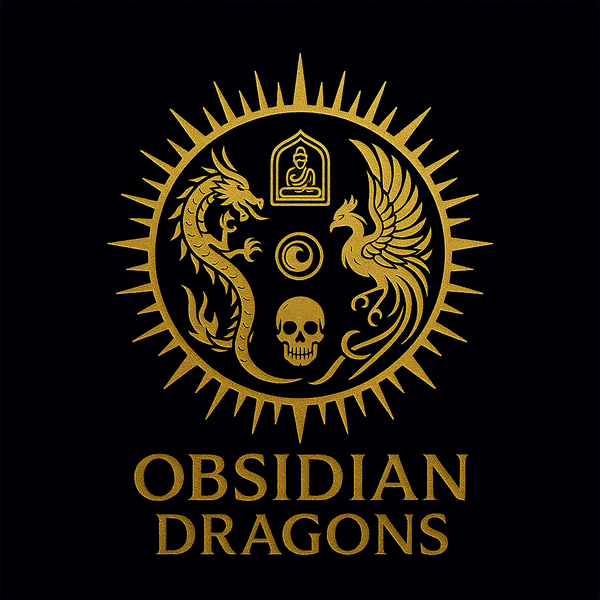obsidian dragon
Statue, buddha statuette. Bodhisattva Jizo, Dizang Yellow Cedar from Alaska Exceptional craftsmanship. Removable Dimensions 32cm/16cm/15cm
Statue, buddha statuette. Bodhisattva Jizo, Dizang Yellow Cedar from Alaska Exceptional craftsmanship. Removable Dimensions 32cm/16cm/15cm
Couldn't load pickup availability
Statue, Buddhist statuette. Bodhisattva Jizo (Jap.) Dizang (Chin.) ksitigarbha (San.) (description below)
Alaskan yellow cedar.
Exceptional craftsmanship , performed by a master Japanese sculptor.
Removable in 3 parts, the crown, the Buddha can separate from the base in case of travel
Dimensions 28cm high by 14cm wide by 12cm deep.
YELLOW CEDAR
(Chamaecyparis nootkatensis) belongs to the Cupressaceae family and is commonly known as yellow cedar, Alaskan cedar, and Nootka cypress. Its species name nootkatensis refers to the Nootka tribe of Vancouver Island, on whose lands the tree was first found. The scientific appellation of yellow cedar has an illustrated history, with many aliases such as Callitropsis nootkatensis, Xanthocyparis nootkatensis and Cupressus nootkatensis. Currently the accepted name is Cupressus nootkatensis due to molecular genetic findings in 2010 which place the plant in the genus Cupressus. However, it is still an ongoing debate and many botanists and literary sources still refer to it as Chamaecyparis nootkatensis. Yellow cedar wood is exceptionally durable and sturdy and it is for this reason that it is often used in building structures such as shingles, posts, exterior doors, decks, stairs and landscaping. . The wood also has an even density, making it a popular choice with the fact that yellow cedar wood lacks visual grains. Indigenous peoples had many uses for wood, making objects such as blankets, bows, bowls, and boat building.
DIZANG/ JIZO
Kshitigarbha, known in China as Dizang Wang or Dizang Pusa (地藏王菩薩), is the savior of the underworld in Buddhism. conceals the earth". He belongs to the tetralogy of the great master bodhisattvas of the four sacred Buddhist mountains.
Dizang is often depicted as a young monk with a tonsured head, holding a pilgrim's staff in his hand and a luminous pearl in the other. Both are used by him to guide the souls of the dead to get them out of hell. Both are used by him to guide the souls of the dead out of hell. His place of pilgrimage is on Mount Jiuhua located in the province of Anhui, in eastern China. He was the main deity of the Sanjie school under the Tang Dynasty, which contributed to the multiplication of his representations. Seriously ill people are invited to read this sutra and pray to this bodhisattva to help them recover. There are many legends taken from this Sutra.
Buddha Shakyamuni says there that one who recites the name of Kṣitigarbha a thousand times a day for a thousand days will be protected from accidents and diseases throughout his life by divine beings sent by the bodhisattva. "OM HA HA HA VISMAYE SVAHA" or "Namo Kshitigarbha bodhisattvāya!" In some temples, pictures of the deceased people or tablets bearing the names of the deceased are placed around his portrait or statue so that he saves them.
In Japan, Jizō is especially requested by women who have had a miscarriage or an abortion, and placed at crossroads and cemeteries to release wandering spirits. This Bodhisattva and his Sutra are very important and revered in East Asia in Great Vehicle Buddhism.
Share











Return conditions for a Zen purchase
We offer you a money back guarantee within 14 days after delivery of your order.
If you are not completely satisfied with your purchase, please contact us to arrange a return of the product and a refund.
Except for returns, shipping is free on all orders.
Multi-column
Button text-

100% secure payment
3 times interest-free option with Scalapay
-

Free delivery in France and internationally
14 days money back guarantee after delivery (see our conditions of sale)
-

Column
Excellent customer service
Live chat
Whatsapp +33674049312
Let customers speak for us
from 905 reviewsLe collier est superbe, et ce pendentif magnifique, ses détails! et l'odeur du bois de santal que c'est agréable! Qualité extra! Contact excellent avec Jérémy, merci beaucoup pour votre gentillesse! Quelle qualité, vivement le mala !

L'objet est très joli et malgré que je ne sois pas un spécialiste, je trouve que le crystal est beau. Il n'est pas parfait et cela me rassure sur la qualité du produit qui est sensé être naturel donc imparfait.
Très bien emballé et en plus housse de rangement offerte.
MERCI

Je suis très satisfaite, livraison rapide et soigné. J'ai appréciée la communication avec Jérémy… L'article est superbe, plus jolie que ce que je pensais.

J’ai commandé un crâne de dragon, il est super beau et très puissant. Je l’adore 😍 Et l’envoi a été très rapide 🤗 merci 🙏🏻

Absolument magnifique,il m’appelait ce bracelet et je suis ravie je ne vais plus le quitter merci 🙏🏼😍

Merci pour votre envoi, la pierre est magnifique, merci..

bracelet puissant, je suis content de mon achat

Bonjour je viens de le recevoir, il est magnifique encore mieux que j’espérais merci beaucoup.
Article de qualité et très bien emballé

Cet artisan est gémologue, il travaille avec des artisans qui sont des vrais artistes, je suis bluffé par la qualité des ouvrages sur l’argent et sa qualité. Quand à la qualité des pierres pas besoin d’être gémologue pour voir la qualité exceptionnelle des pierres, encore une fois le travail de sculpture est exceptionnel.
Mon mala traditionnel est une pure merveille dans la tradition originelle. Le ghau est une merveille qui me comble.
Bref que dire de plus :). Allez sur son site.
PS : vendeur qui connait son métier et les traditions bouddhistes ce qui est un plus en plus :)

Cette petite vanité est ravissante, très bien sculptée et la livraison a été parfaite. L'objet bien protégé et l'envoi très rapide.

Pièces de qualité envoie rapide

Ce crâne est un Etre de Lumière. Attirant , inspirant , "parlant".
Il est un Ami qui tire mes pensées vers le Haut.
Ses énergies vibrent à des fréquences élevées. Il est puissant dans la douceur.
Un crâne de Dragon m'assite également. Merveilleux !

Très beaux bracelet et très puissants

Magnifique crâne givré de l'Himalaya.

cette chevalière est tres bien réalisé, avec beaucoup de détails, je suis heureux de l'avoir















